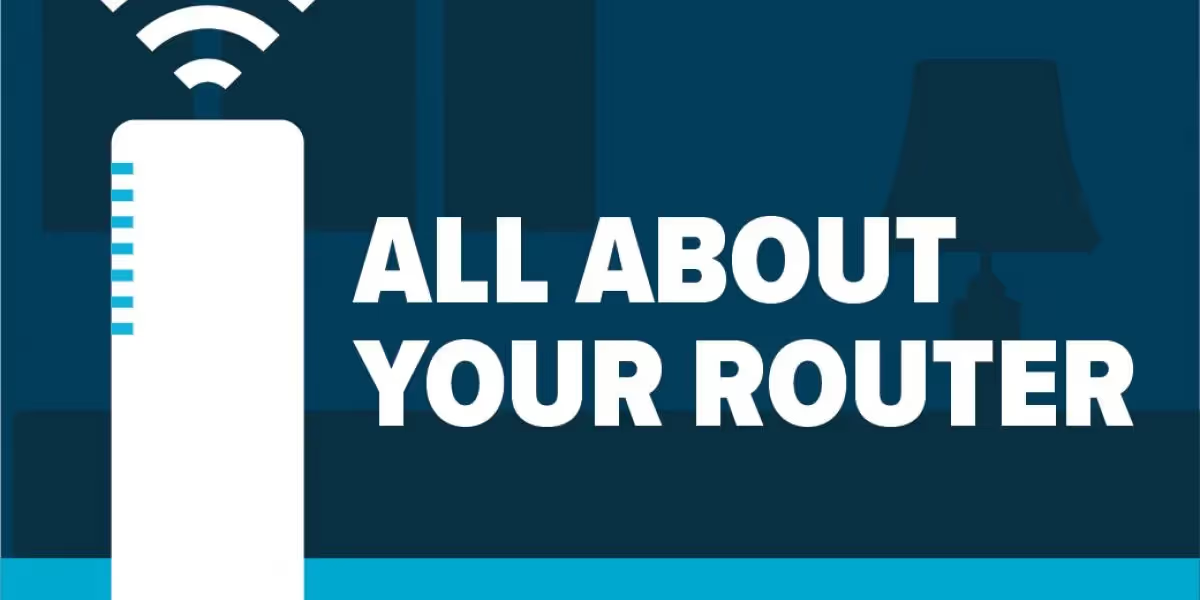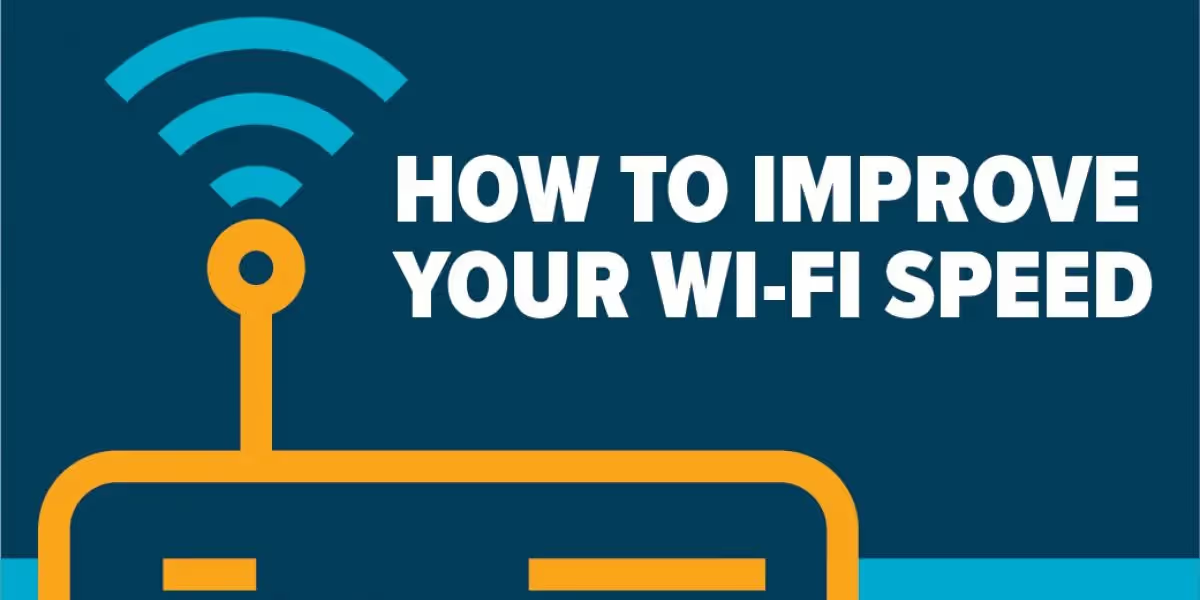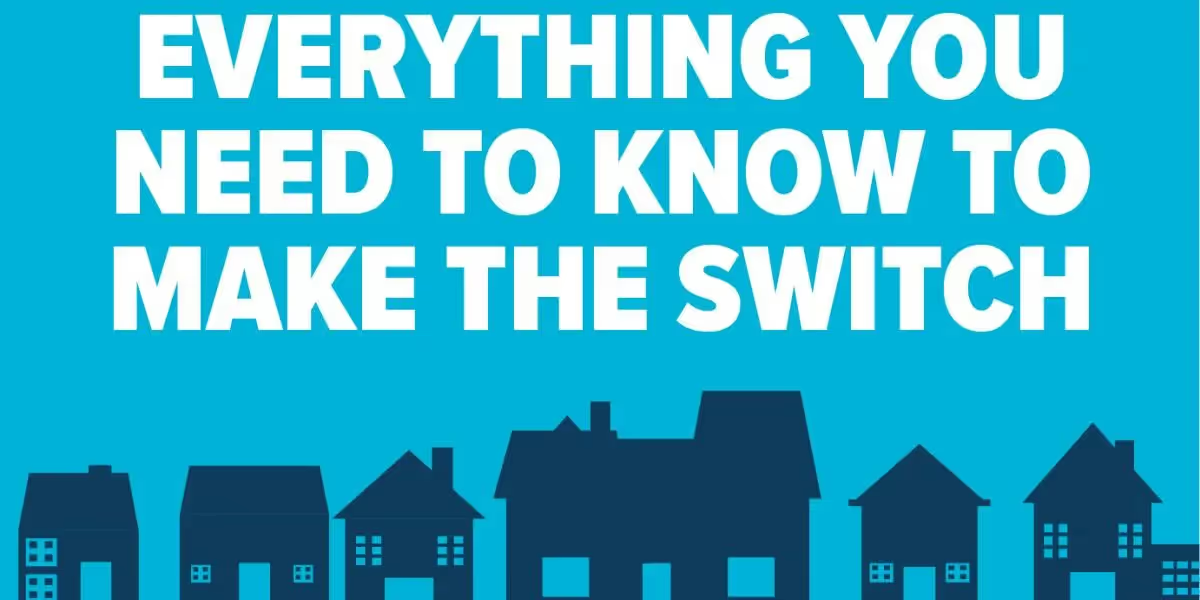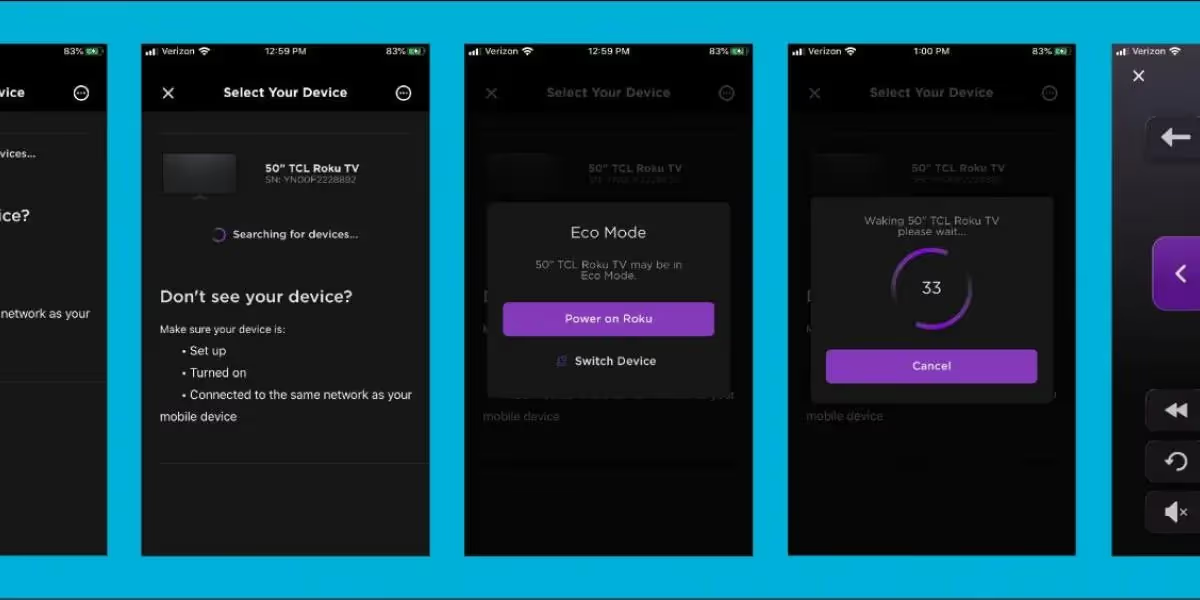Bits versus Bytes: What Does It All Mean?

There’s 5G, 1 Gig, megabits, megabytes, 2.4 GHz—the list goes on. When tech-talk like this abounds, it’s hard to understand what you really need or what you’re paying for. So, we’re here to break it down for you.
Bits vs Bytes
The distinction between these two is probably the most important for you. Bits equals your internet connection speed and bytes equals an amount data. Great! The difference sounds simple, until you hear someone refer to either. A simple determination would be to look at the B or b, big B is bytes and little b is bits, for example 1Mb is megabits and 1MB is megabytes. Most people (even us) tend to use the word “meg” interchangeably for either megabits or megabytes and likewise, for gigabits and gigabytes. So, how do you really know the difference?
All internet connection speeds are measured and reported in bits, more specifically bits per second (bps). Elevate’s speeds are 100 megabits per second (100 Mbps) and 1,000 megabits per second (1,000 Mbps). 1,000 Mbps is equal to 1 gigabit per second or 1 Gig. So, if you’re shopping around for the best internet speeds be sure to note how it’s being measured—and if you’re seeing any speeds being offered in kilobits, run!
A breakdown of how bits stack up is below:
Bits are used to measure internet speed (data rate). 1,000 bits = 1 kilobit (1 Kb) 1,000 kilobits = 1 megabit (1 Mb) 1,000 megabits = 1 gigabit (1 Gb)
The most common internet speeds and are reported as bits per second.
10 megabits per second = 10 Mbps
25 megabits per second = 25 Mbps
60 megabits per second = 60 Mbps
100 megabits per second = 100 Mbps
1,000 megabits per second or 1 gigabit = 1,000 Mbps, 1 Gbps; also commonly referred to as 1 Gig.
Bytes are used to measured data. You may have experienced this as a data cap on your satellite internet or cellular plan. A common question we’ve heard here at Elevate is, “I get 3 Gigs on my cell phone, so why would I want 1 Gig from you?” Here, the word “Gig” is being used to refer to both gigabytes and gigabits (just another reason to love the English language).
Many cellular companies offer unlimited data plans these days, but some of us penny-pinchers still have plans with limits from 1GB to 5GB—GB is the abbreviation for gigabytes and it refers to how much data you can download before you get socked with extra fees and slow speeds. An easy example of GB, is a thumb drive. The storage space for the information (aka, the data) you can save on that drive is reported as GB—the higher the GB the more information you can store on the drive.
A breakdown of how bytes stack up is below:
Bytes are used to measure data.
8 bits = 1 byte
1,000 bytes = 1 kilobytes (1 KB)
1,000 kilobytes = 1 megabyte (1 MB)
1,000 megabytes = 1 gigabyte (1 GB) ß An easy way to see the difference between bits and bytes is that bytes are abbreviated using ALL CAPS!
But what about 3G, 4G, & 5G?
Surprise! These Gs have nothing to do with bits or bytes. No gigs either. It’s actually much simpler. They refer to cellular networks and the G stands for the generation of the cellular network—first, second, third, fourth, fifth, LTE (long term evolution) and so on. Essentially, these terms just refer to how modern your cell company’s network is.
It’s not a speed or data limit, but the higher the G, the newer the generation, the more devices the network can support, and the faster it allows your cell service to operate. Not nearly as techy as you were hoping, I know.
But my Wi-Fi at homes says 5G too..
Yep, you’re right. When you are connecting a device to your home Wi-Fi network, you will typically see two options that your Wi-Fi router is broadcasting: 2.4 GHz and 5 GHz. These are sometimes also displayed as just 2.4G and 5G. Seriously, does everyone in the tech industry conspire against us by making all of these abbreviations so similar?
Newer Wi-Fi routers, including Elevate’s, broadcast two different Wi-Fi frequencies, 2.4 GHz and 5 GHz. When available as an option on your device, we recommended always connecting to the 5 GHz network, because it will provide faster speeds and more available channels (23 non-overlapping). The 2.4 GHz band can travel farther than the 5 GHz band, but it doesn’t offer the high-speed capabilities of 5 GHz.
In addition, the 2.4 GHz band has a small number of available channels (11 overlapping) and is often crowded with other home devices, such as baby monitors, microwaves, or thermostats. It’s also important to remember that some devices can only pick up the 2.4 GHz band—and yes, we’re talking to all you late bloomers out there who are still trying to limp along on your iPhone 4. Which band your device can connect to could be due to the age of your device or simply the capabilities of the device.
Does your brain hurt yet? Ours does. So, if all you did was scroll through looking for the highlights, remember this:
- Always pay attention to the internet speed (data rate) you’re paying for? It’s should be listed as Mbps.
- When your cell company sells you a data plan with 5GB on 4G, it means you can download 5 gigabytes of data and operate your phone on their fourth-generation network. It’s not a speed.
- When you are connecting to a Wi-Fi network, always pick 5 GHz. It’s faster.
































.avif)
















